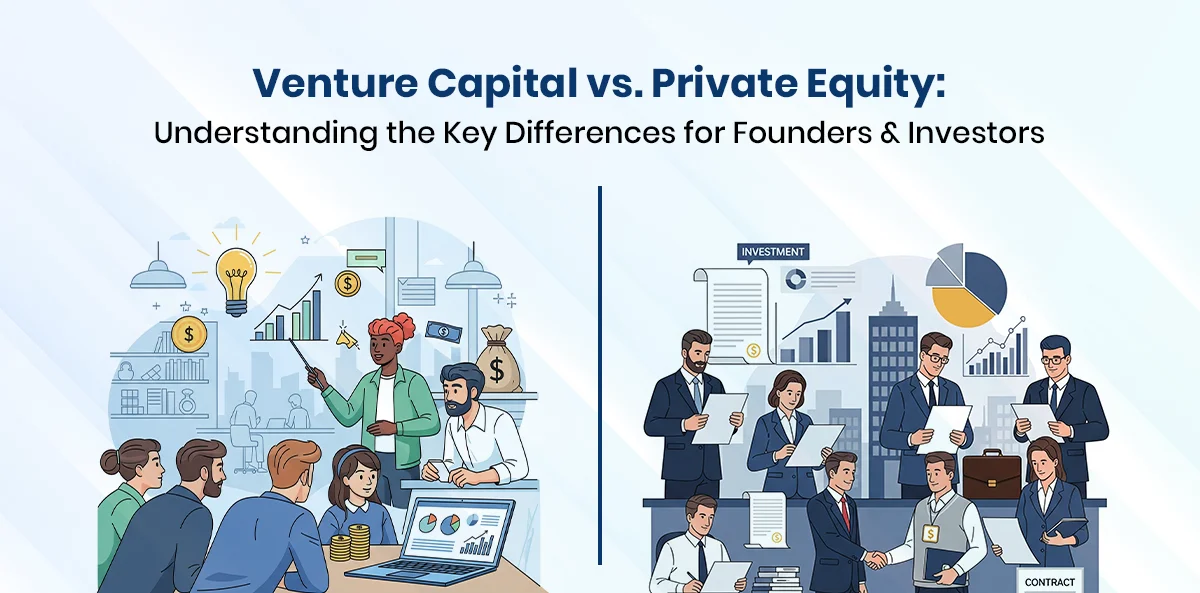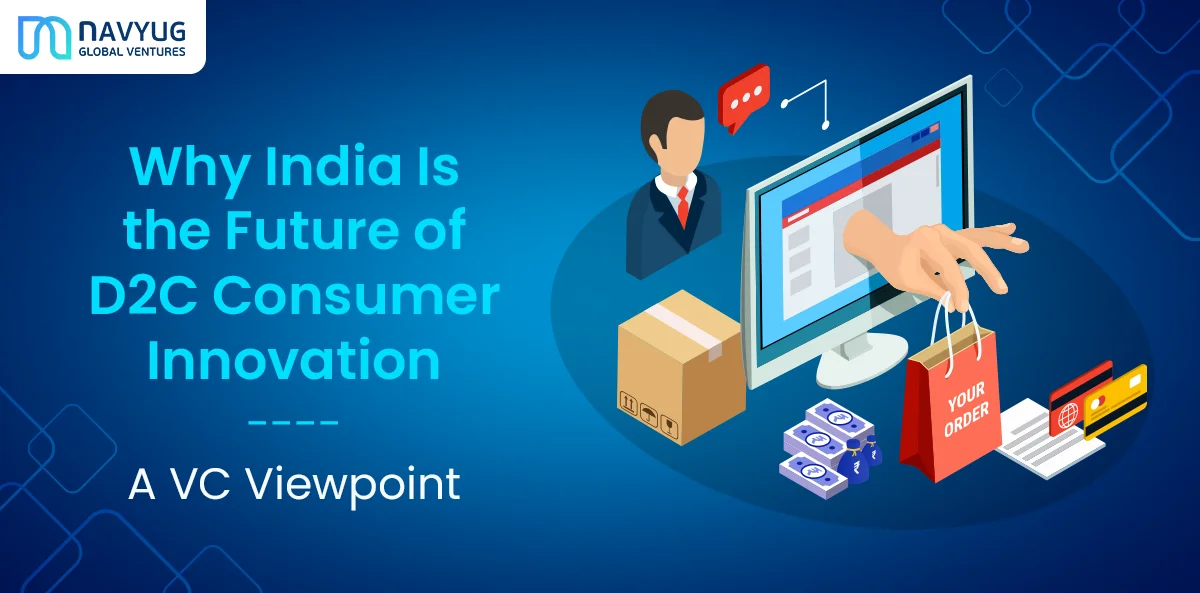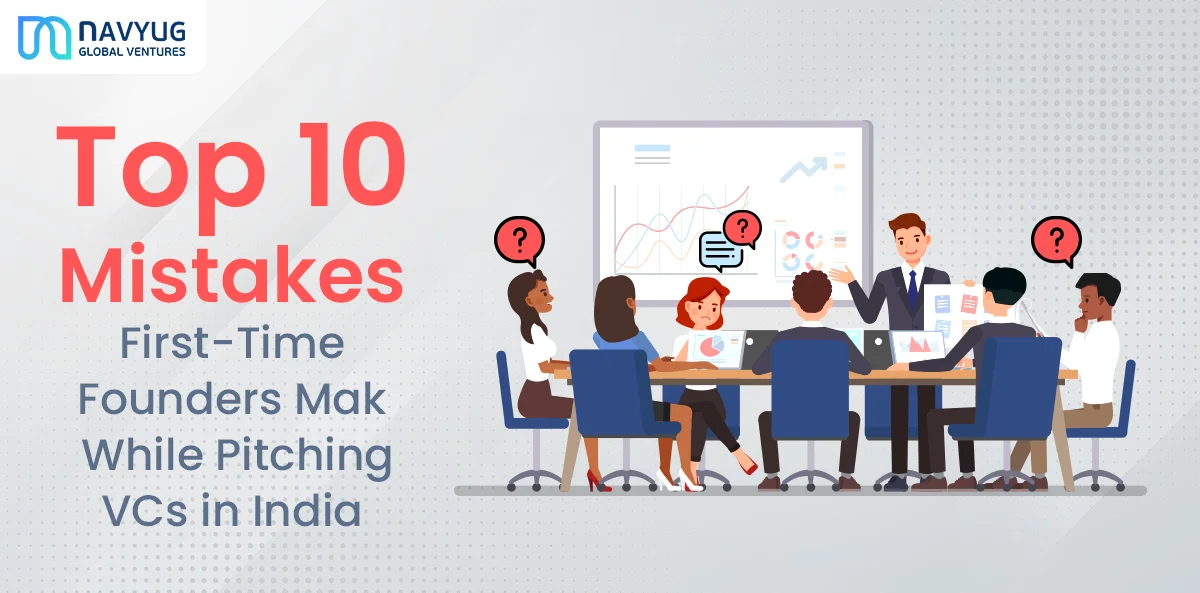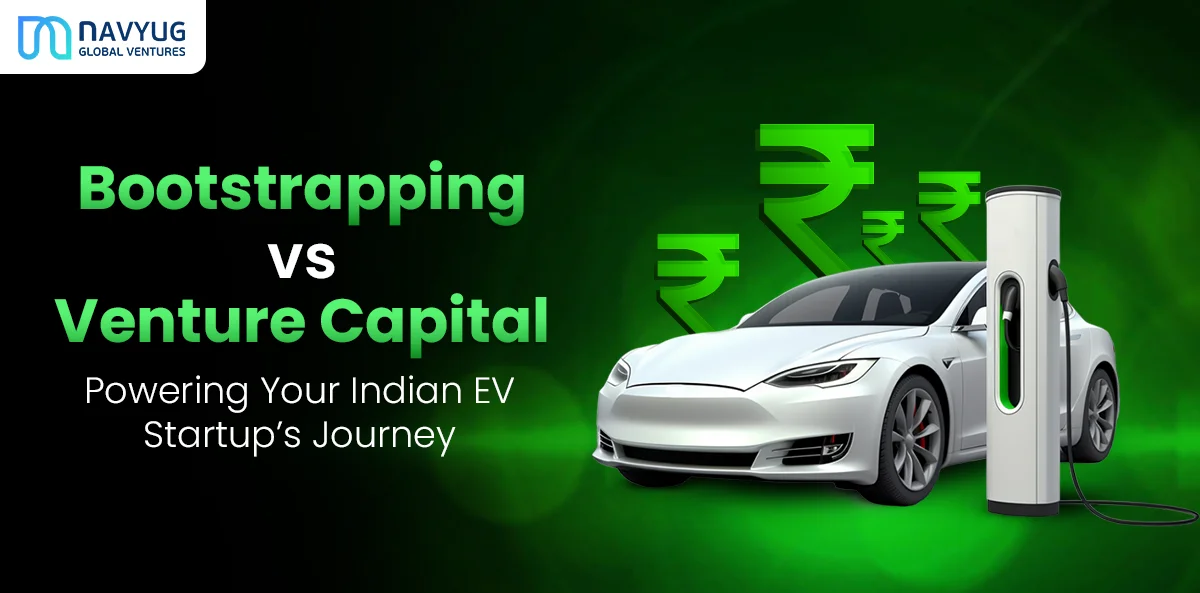What is Venture Capital
Key Characteristics:
- Invests in early-stage startups and high-growth companies.
- Offers funding in exchange for minority equity ownership.
- Emphasizes growth potential over current profitability.
- Investments are made in multiple companies, assuming that a few home runs will offset the losses.
- VCs often accept that 60–70% of startups they fund will fail or return less than invested.
Use of Funds:
Capital provided by VCs is generally used for:
- Product development
- Market expansion
- Hiring and team building
- Sales and marketing strategies
VC firms also guide founders in finding the right mentors, partners and future buyers. These networks and knowledge are often more valuable than just money. A company like Navyug Global supports startups during these key growth stages and helps them connect with long term success paths
Risk and Reward:
Real-World Example
Zepto’s ₹11200 Crore Funding in 2024
In 2024, a Mumbai based quick commerce startup, Zepto raised a total of ₹11200 crore through several funding rounds. They got ₹5530 crore in June and then another ₹2820 crore in August. Big venture capital firms like Glade Brook Capital Nexus Venture Partners and StepStone Group led these investments. This large funding pushed Zepto’s value to over ₹41500 crore. It shows that investors believe strongly in the fast growing quick commerce market in India. (source)
What is Private Equity?
Private equity (PE) involves investments in more mature, established companies. These companies often have stable cash flows, existing profitability, and scalable operations. Unlike venture capital, PE firms generally acquire controlling stakes (often 100%) and actively manage the company to improve financial performance.
Companies looking to restructure or scale operationally can benefit from PE support. Navyug Global offers advisory and capital access services that empower established businesses to connect with private equity firms that align with their transformation goals.
Key Characteristics:
- Targets profitable, cash-flow-positive businesses.
- Frequently employs leveraged buyouts (LBOs) using a mix of equity and borrowed funds.
- Aims for operational efficiency, cost reduction, and revenue growth.
- Typically holds investments for 3–7 years before exiting via sale or IPO.
PE firms often use performance metrics such as EBITDA growth, free cash flow optimization, and ROIC (Return on Invested Capital) to determine the company’s trajectory. They bring in management consultants, restructure business units, and execute acquisitions or carve-outs as part of their strategy.
Organizations like Navyug Global are uniquely positioned to help businesses navigate such strategic shifts, making them a valuable partner in a private equity journey.
Leverage and Control:
Real-World Example:
Warburg Pincus Buys Shriram Housing Finance for ₹4630 Crore
In May 2024, a global private equity firm, Warburg Pincus bought Shriram Housing Finance for about ₹4630 crore. This deal shows that Warburg Pincus sees big potential in India’s housing finance market. They are focusing on helping middle income families through non banking finance companies. This investment also highlights the growing role of private equity in India’s financial services sector. (source)
Venture Capital vs Private Equity: Deep Dive Comparison
1. Company Stage and Risk Profile
VC firms prefer newer companies with innovative ideas but limited financial history. The expectation is for fast-paced scaling and category disruption. On the other hand, PE firms focus on established businesses with consistent revenue streams that may be underperforming but have clear value-enhancement opportunities.
2. Investment Approach
VCs invest using equity only, avoiding debt on the company’s books. PE uses leverage to finance a significant portion of the acquisition. This debt acts as a double-edged sword—magnifying returns but also increasing bankruptcy risk in downturns.
3. Ownership Structure
VCs typically own minority stakes, allowing founders to maintain control. PE firms almost always demand majority or full ownership, gaining governance control and often reshaping leadership.
4. Operational Involvement
VCs often coach founders on product-market fit, go-to-market strategy, and future funding. PE firms are far more operationally involved—appointing CEOs, centralizing functions, or even merging portfolio companies to unlock economies of scale.
5. Capital Deployment Strategy
VC funds diversify across many bets—sometimes 30+ companies—banking on outliers. PE funds invest larger amounts into fewer deals (often 10–15 per fund) with deeper due diligence and robust operational plans.
6. Return Expectations
VC returns follow a power-law distribution: one company might return 100x, while others fail. PE targets consistent returns across the board, with leveraged structures turning 2x revenue growth into 4–6x equity gains.
VC vs PE: Comparison Table
| Feature | Venture Capital (VC) | Private Equity (PE) |
| Target Companies | Startups and early-stage businesses with high growth potential | Mature, profitable companies seeking expansion, restructuring, or buyouts |
| Investment Size | Typically ₹4 crore to ₹400 crore | ₹400 crore to ₹8,000 crore+ depending on deal size |
| Ownership Stake | Minority stake (usually 10%–40%) | Majority or full control (often 51%–100%) |
| Use of Debt | Minimal to none; primarily equity-based investments | Significant use of debt through leveraged buyouts (LBOs) |
| Risk Profile | High risk; many startups may fail, but successful ones can yield substantial returns | Moderate risk; investments in established companies with stable cash flows |
| Industry Focus | Technology, fintech, SaaS, e-commerce, healthtech, edtech | Diverse sectors including manufacturing, healthcare, infrastructure, real estate, and financial services |
| Time to Exit | 5–10 years, depending on company growth and market conditions | 3–7 years, focusing on operational improvements and strategic exits |
| Return Strategy | Aiming for high-growth “unicorns” that can provide 10x or higher returns | Enhancing operational efficiency, leveraging debt, and achieving stable, predictable exits |
| Involvement | Active mentoring, strategic guidance, and networking support | Direct involvement in management, restructuring, and strategic decision-making |
| Exit Methods | Initial Public Offering (IPO), acquisition by larger companies, or secondary sales to other investors | Sale to strategic buyers, IPOs, or recapitalization strategies |
Choosing Between Venture Capital and Private Equity
Founders’ Perspective:
- Use VC if you’re building a startup with innovative IP, no current profits, and high growth potential.
- Consider PE if your business is already generating revenue and you’re seeking an exit, partial buyout, or large-scale operational support.
Investors’ Perspective:
- Venture capital is suited to those with a high risk tolerance, looking for 10x+ returns.
- Private equity appeals to investors looking for stable, cash-generating businesses with predictable returns and more control.
Understanding the vc vs pe equation is about aligning your needs with the capital provider’s model.
FAQs: Venture Capital vs Private Equity
Is venture capital part of private equity?
Yes, venture capital is technically a subset of private equity, but in practice they are considered distinct asset classes due to their differing strategies.
What’s riskier: VC or PE?
Can a company move from VC to PE?
Which has higher returns?
Are there hybrid models between VC and PE?
The Bottom Line
Understanding the dynamics of venture capital vs private equity helps engineers, procurement heads and supply chain managers make better investment or funding decisions. If you are building a product and it is not making much money yet then venture capital can support your business growth. If you already have a working business and want to grow more or fix issues, private equity can help with funding and advice.
Both venture capital and private equity are important for growing businesses and the economy. Knowing the difference between private equity vs venture capital helps you decide which one fits your business goal. Picking the right one can help you grow faster or manage your funds better. VC vs PE is a choice that depends on what your company needs now and where it wants to go next.
For founders and investors looking for reliable partners to navigate venture capital vs private equity opportunitiesNavyug Global offers strategic support and a strong track record in scaling startups and mature businesses alike. Whether you are exploring early stage innovation or large scale transformation Navyug Global works closely with leaders across sectors to align capital with growth strategy. Learn more about how Navyug Global can help at https://navyugglobal.com.




